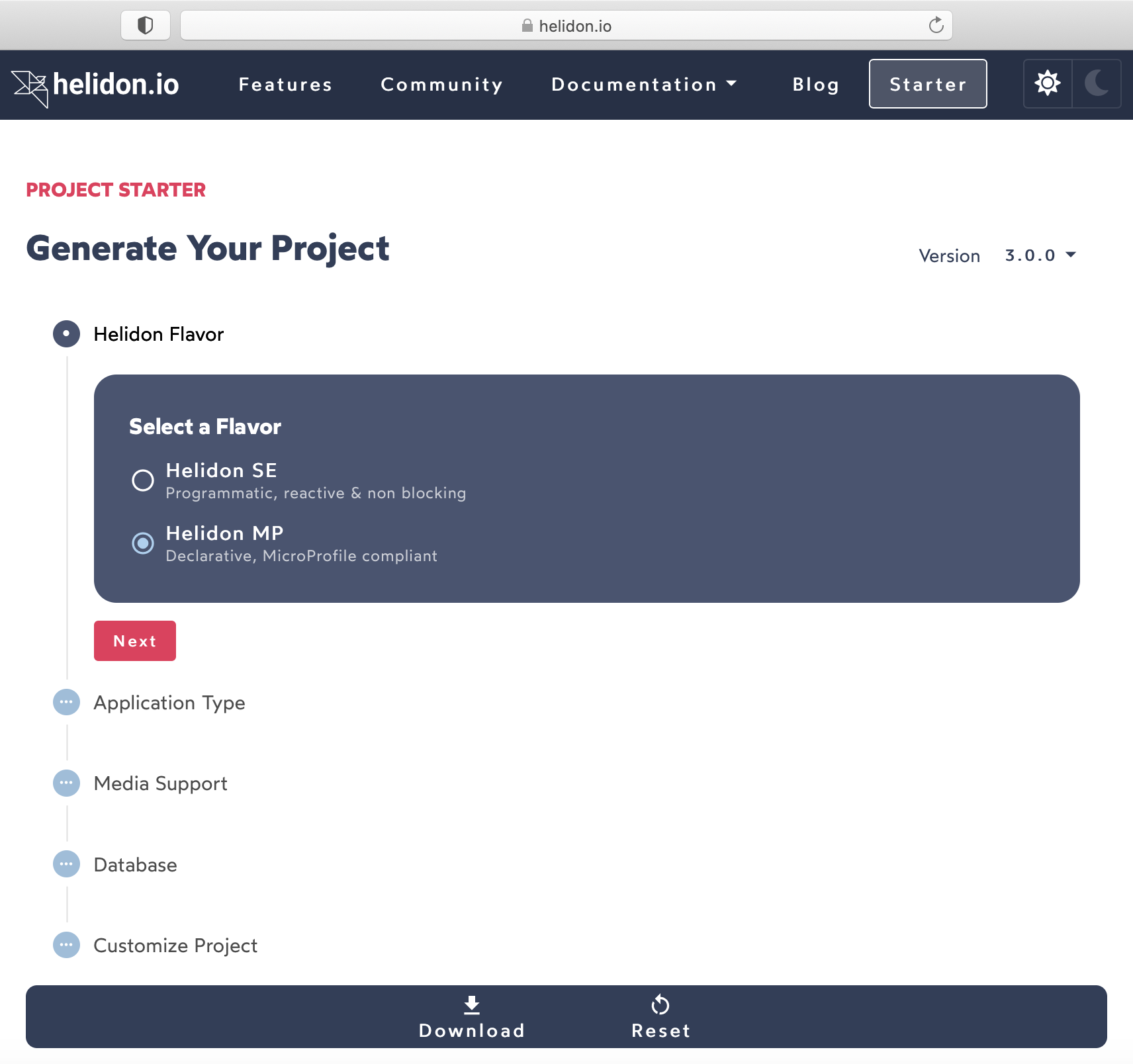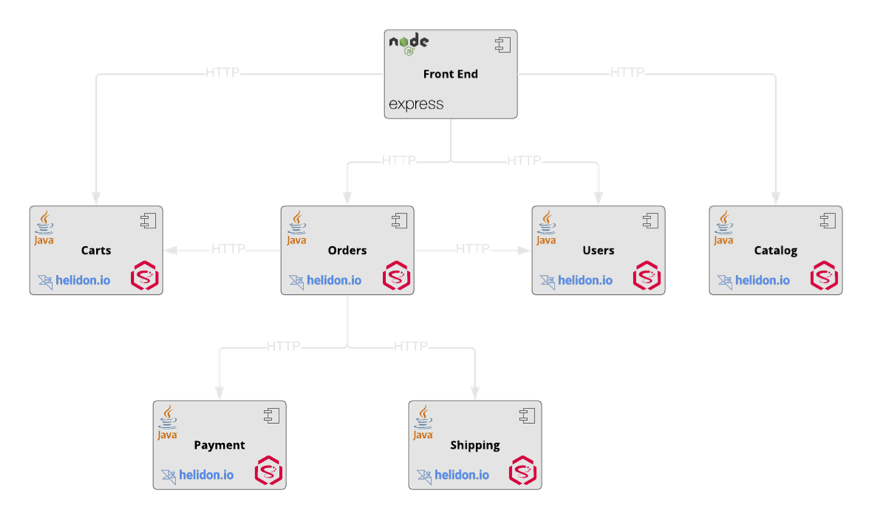For developers of microservices applications, especially those working with persistent data or application state, Oracle provides the open-source Helidon microservices library and the Coherence In-Memory Data Grid, which are closely integrated to facilitate stateful microservices architectures. Both products recently released major new versions packed with valuable functionality for microservices developers.
The Releases
Coherence Community Edition release 22.06 became available June 29th, as the first Long-Term Support (LTS) release of Coherence Community Edition. And the Oracle Coherence 14.1.1.2206 Feature Pack was released July 26th, patching two years and five releases worth of features from Coherence Community Edition into the commercial Oracle Coherence Enterprise and Grid Editions. Meanwhile Helidon 3.0 was also released on July 26th, becoming the first Oracle product to support Jakarta EE 9.1 (importing jakarta.* packages not javax.* packages), and containing a number of other significant enhancements.
Helidon Microservices Project Starter
One such enhancement is the Project Starter at https://helidon.io/starter/3.0.0. Through a single-page wizard experience (pictured below), users can customize the profile of a Helidon microservice project to start, then download a generated Maven project directory containing runnable code and support for building GraalVM native images and Docker images, complete with metrics and health checks. For full coverage of all the enhancements in Helidon 3.0, supporting state-of-the-art microservices architectures, please refer to its release announcement.

Coherence Microservice Framework Integrations and Demo Applications
Microservices support is a strategic theme for Coherence. The launch of Community Edition in June 2020 featured close integration with Helidon, including development of the open-source Helidon Sock Shop demo application which shows how to build a microservices application with the two products, as shown in the component diagram below. In the two years since, Coherence has also been closely integrated with Micronaut, and its integration with the Spring ecosystem has been completely overhauled and massively expanded, for microservices developers who prefer those frameworks. For complete coverage of all the Community Edition features in the Oracle Coherence 14.1.1.2206 Feature Pack patch, please refer to the blog entry announcing its release.

The integration of Coherence and Helidon allows Coherence caches to be injected into Helidon services, and bootstrapped at JVM startup time, so that by the time a Helidon microservice is ready to begin serving requests, Coherence is already up and running in the JVM and ready to serve data. Furthermore, all Coherence metrics are exposed as a Helidon MicroProfile endpoint, and Coherence’s distributed tracing spans are included in Helidon MicorProfile’s OpenTracing service. Finally Coherence can act as a MicroProfile configuration source, and can itself be configured using MP configuration. The following slide summarizes the integration points between Coherence and Helidon for implementing microservices architectures.

Conclusion
Together these two integrated products, especially in their latest releases Helidon 3.0 and Oracle Coherence 14.1.1.2206 Feature Pack, form a very powerful platform for implementing stateful microservices architectures. Give them some consideration for your next microservices architecture.
